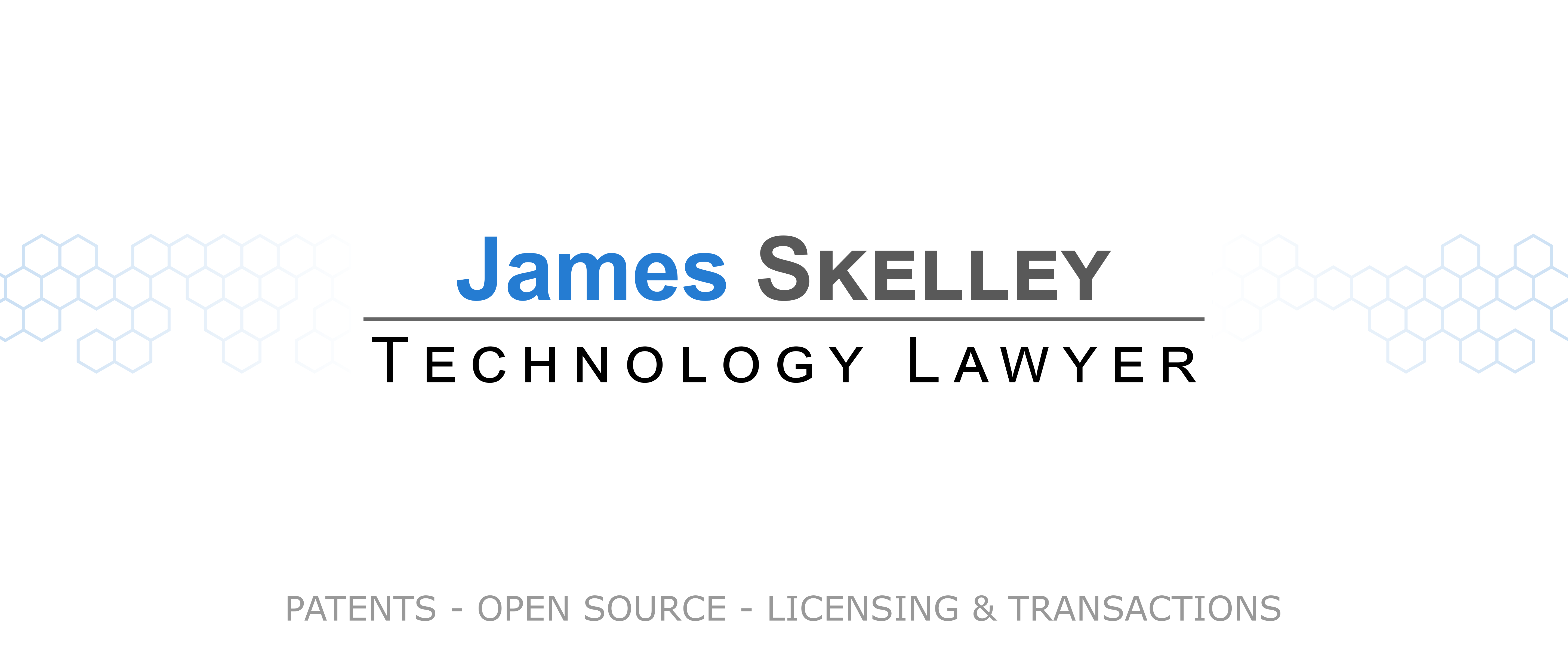(Informal 1-2 line summaries, which certainly should not be relied upon for legal or other research purposes)
-
- CAFC precedentially reverses the claim construction here for the phrase "consisting essentially of" as the prosecution history argued for other than the standard interpretation ("The strongest indicators of a more-restrictive-than-typical interpretation of the phrase “consisting essentially of”
are the applicant’s arguments on amendment"). Based on this new construction, CAFC likewise remands the obviousness analysis ("Under the appropriate construction
of “consisting essentially of,” the claimed methods exclude compositions that contain active agents other than
brimonidine, undermining the Board’s conclusion.").
-
- CAFC affirms the invalidity for indefiniteness on the terms “second point”/“transition.” While straightforward, the case is mentioned here for its reliance upon Exert testimony ("We see no error in the district court crediting Mr. Gillest’s testimony over Mr. Biondich’s testimony."), notably without any witness testimony ("In this matter, we see no abuse of discretion in the district court’s proceeding to its determinations without hearing live testimony from Crown witnesses. When
responding to Ball Metal’s summary judgment motion of
invalidity under indefiniteness, Crown did not make a concrete case showing why such testimony was needed to resolve the remanded factual issues on indefiniteness . . . At least without a concrete showing of need,
and without a concrete showing of prejudice on appeal,
Crown cannot raise this issue now.").
-
- CAFC affirms the 101 invalidity on these communication protocol claims as being directed to the abstract idea of translating between incompatible communication protocols ("[R]egardless of when the protocols are translated, claims 2
and 12 are still directed toward the abstract idea of translation . . . these dependent claims rely on the same fundamental
methods of employing an intermediate protocol for translation asserted in the respective independent claims . . . We need look no further than the longstanding and
well-known historical practice of employing a lingua franca
to facilitate trade among various nations").
-
- In this brief obviousness invalidity affirmance, CAFC rejects both of Owner's arguments:
"DivX primarily argues [1)] that such a reference combination would only teach . . . the entire playback process, whereas the claim requires consideration of the state of the buffer only after the initial startup period of playback. Additionally, [2)] DivX contends that Unified did not show that the very idea of using two different stream selection methods during playback existed in the prior art. We reject both contentions . . . [regarding 1)] “[i]t’s not necessary to show that a combination is the best option, only that it be a suitable option” . . . [regarding 2)] DivX’s second argument contradicts the record because
Gigliotti itself teaches a playback device that embodies two
different stream selection methods."
-
- Not IP, but a short opinion reiterating that when analyzing an implied duty of good faith and fair dealing, you first analyze the contractual obligations, their breach, and then look to the harm, rather than the other way around ("The Claims Court’s analysis was therefore incorrect because it reverses the breach of contract analysis. Instead of identifying BLM’s alleged obligations under the Contract and considering whether any had been breached, it started
with the alleged harm and attempted to identify a “contractually explicit basis,” or obligation, that flowed from that
harm . . . Specifically, the Claims
Court began its analysis by stating that “[h]ere, the harm
detailed at length by plaintiff centers on measured methane levels in defendant’s deliveries to plaintiff.” Id. It
then concludes that because there is no obligation that corresponds to that harm, there can be no breach . . . That was error. The question is not whether “produced methane levels trigger any duty owed by defendant under the contract,” id., as the Claims Court states; it is whether the Contract prescribes an obligation of BLM
that Keyes has plausibly shown to have been breached by
BLM. And only after that is established, can one undertake a proper causation analysis to determine whether there are any “damages that stem from the breach.”").
James Skelley is a solo practitioner based in Mountain View, California since 2015, focusing primarily upon technology transactions and intellectual property procurement. James' practice also serves as an "incubator" for new legal service technologies / methodologies and a "living example" of their application. To this end, James regularly partners with larger law firms and with his clients so as to improve the practice of intellectual property law.
- Utility / Design / PCT Patent Prosecution
- Open Source Diligence
- Technology Transactions (typically as a team)
- Litigation / Inter Partes Review Support (typically as a team)
- James tends NOT to handle low-volume trademark work (though referrals are available)
- USPTO - #59458 - 10/16/2006
- California - #257829 - 12/01/2008
- District Columbia - #1014986 - 08/05/2013
- James is available by email, 8x8 hangout, and in-person meetups in the Valley.
- Email is typically the best way to reach James.
- Machine Learning / Robotics
- Cryptograpy / Cryptocurrency / Smart Contracts
- Medical Device
- Computational Biology (primarily modeling and proteomics)
- Signal Processing (primarily wireless and compression)
- Quantum Physics (primarily semiconductor) / Electromagnetics (antennae, waveguides, etc.)
- Manufacturing / 3D Printing
- James tends NOT to handle pure chemistry applications (though referrals are available), however James HAS handled matters involving computational proteomics, cellular modeling, and diagnostic lab protocols
LawMux Bites are (very) short, one-page summaries of various legal concepts, cases, and technologies. As informal summaries, you certainly shouldn't rely upon them as legal advice / for business use, but they can help orient you if you're new to the subject matter.
Similar to LawMux Bites, notes are (very) short writeups calling attention to various issues. As informal summaries, you certainly shouldn't rely upon them as legal advice / for business use, but they can help orient you to the relevant topic.

